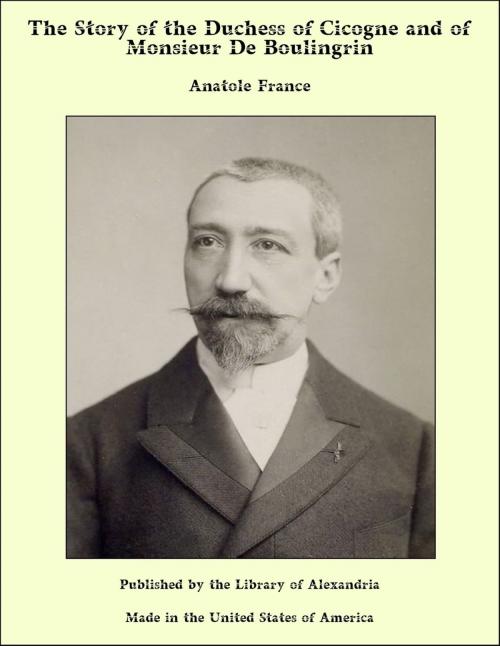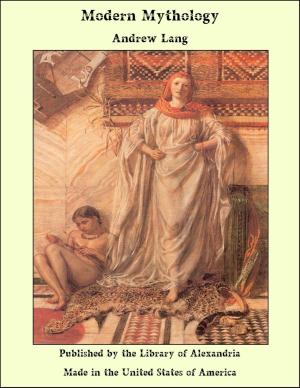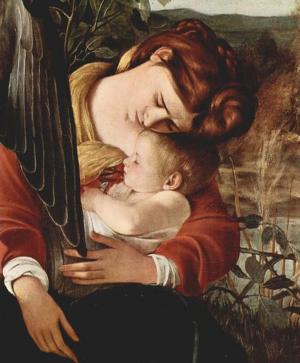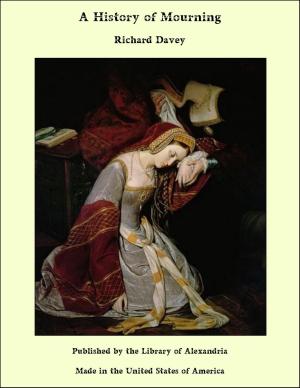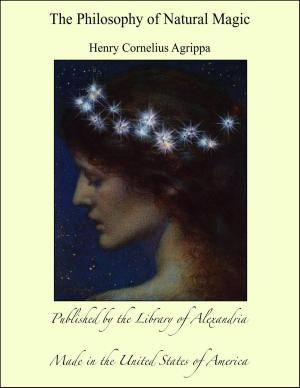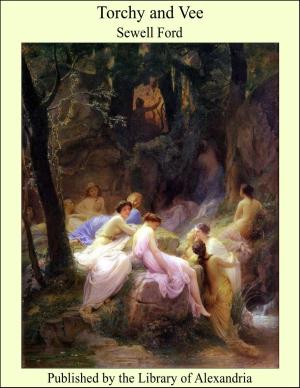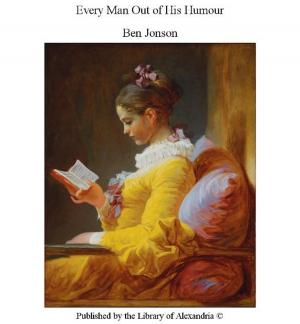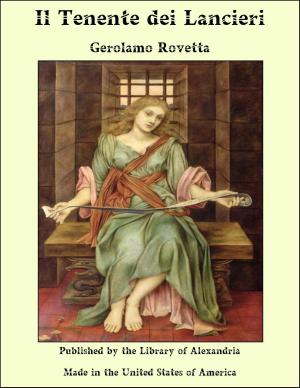The Story of the Duchess of Cicogne and of Monsieur De Boulingrin
Nonfiction, Religion & Spirituality, New Age, History, Fiction & Literature| Author: | Anatole France | ISBN: | 9781465604989 |
| Publisher: | Library of Alexandria | Publication: | March 8, 2015 |
| Imprint: | Language: | English |
| Author: | Anatole France |
| ISBN: | 9781465604989 |
| Publisher: | Library of Alexandria |
| Publication: | March 8, 2015 |
| Imprint: | |
| Language: | English |
THE story of the Sleeping Beauty is well known; we have excellent accounts of it, both in prose and in verse. I shall not undertake to relate-it again; but, having become acquainted with several memoirs of the time which have remained unpublished, I discovered some anecdotes relating to King Cloche and Queen Satine, whose daughter it was that slept a hundred years, and also to several members of the Court who shared the Princess's sleep. I propose to communicate to the public such portions of these revelations as have seemed to me most interesting. After several years of marriage, Queen Satine gave the King, her husband, a daughter who received the names of Paule-Marie-Aurore. The baptismal festivities were planned by the Duc des Hoisons, grand master of the ceremonies, in accordance with a formulary dating from the Emperor Honorius, which was so mildewed and so nibbled by rats that it was impossible to decipher any of it. There were still fairies in those days, and those who had titles used to go to Court. Seven of them were invited to be god-mothers, Queen Titania, Queen Mab, the wise Vivien, trained by Merlin in the arts of enchantment, Melusina, whose history was written by Jean d'Arras, and who became a serpent every Saturday (but the baptism was on a Sunday), Urgèle, White Anna of Brittany, and Mourgue who led Ogier the Dane into the country of Avalon. They appeared at the castle in robes of the colour of time, of the sun, of the moon, and of the nymphs, all glittering with diamonds and pearls. As all were taking their places at table an old fairy called Alcuine, who had not been invited, was seen to enter. "Pray do not be annoyed, madame," said the King, "that you were not of those invited to this festivity; it was believed that you were either dead or enchanted." Since the fairies grew old, there is no doubt that they used to die. They all died in time, and everybody knows that Melusina became a kitchen wench in Hell. By means of enchantment they could be imprisoned in a magic circle, a tree, a bush, or a stone, or changed into a statue, a hind, a dove, a footstool, a ring, or a slipper. But as a fact it was not because they thought her dead or enchanted that they had not invited the fairy Alcuine; it was because her presence at the banquet had been regarded as contrary to etiquette. Madame de Maintenon was able to state without the least exaggeration that "there are no austerities in the convents like those to which Court etiquette subjects the great." In accordance with his sovereign's royal wish the Duc des Hoisons had not invited the fairy Alcuine, because she had one quartering of nobility too few to be admitted to Court. When the Ministers of State represented that it was of the utmost importance to humour this powerful and vindictive fairy, of whom they would make a dangerous enemy if they excluded her from the festivities, the King replied in peremptory tones that she could not be invited, as she was not qualified by birth.
THE story of the Sleeping Beauty is well known; we have excellent accounts of it, both in prose and in verse. I shall not undertake to relate-it again; but, having become acquainted with several memoirs of the time which have remained unpublished, I discovered some anecdotes relating to King Cloche and Queen Satine, whose daughter it was that slept a hundred years, and also to several members of the Court who shared the Princess's sleep. I propose to communicate to the public such portions of these revelations as have seemed to me most interesting. After several years of marriage, Queen Satine gave the King, her husband, a daughter who received the names of Paule-Marie-Aurore. The baptismal festivities were planned by the Duc des Hoisons, grand master of the ceremonies, in accordance with a formulary dating from the Emperor Honorius, which was so mildewed and so nibbled by rats that it was impossible to decipher any of it. There were still fairies in those days, and those who had titles used to go to Court. Seven of them were invited to be god-mothers, Queen Titania, Queen Mab, the wise Vivien, trained by Merlin in the arts of enchantment, Melusina, whose history was written by Jean d'Arras, and who became a serpent every Saturday (but the baptism was on a Sunday), Urgèle, White Anna of Brittany, and Mourgue who led Ogier the Dane into the country of Avalon. They appeared at the castle in robes of the colour of time, of the sun, of the moon, and of the nymphs, all glittering with diamonds and pearls. As all were taking their places at table an old fairy called Alcuine, who had not been invited, was seen to enter. "Pray do not be annoyed, madame," said the King, "that you were not of those invited to this festivity; it was believed that you were either dead or enchanted." Since the fairies grew old, there is no doubt that they used to die. They all died in time, and everybody knows that Melusina became a kitchen wench in Hell. By means of enchantment they could be imprisoned in a magic circle, a tree, a bush, or a stone, or changed into a statue, a hind, a dove, a footstool, a ring, or a slipper. But as a fact it was not because they thought her dead or enchanted that they had not invited the fairy Alcuine; it was because her presence at the banquet had been regarded as contrary to etiquette. Madame de Maintenon was able to state without the least exaggeration that "there are no austerities in the convents like those to which Court etiquette subjects the great." In accordance with his sovereign's royal wish the Duc des Hoisons had not invited the fairy Alcuine, because she had one quartering of nobility too few to be admitted to Court. When the Ministers of State represented that it was of the utmost importance to humour this powerful and vindictive fairy, of whom they would make a dangerous enemy if they excluded her from the festivities, the King replied in peremptory tones that she could not be invited, as she was not qualified by birth.
